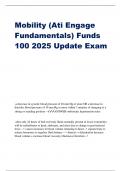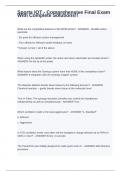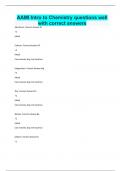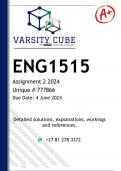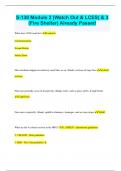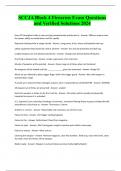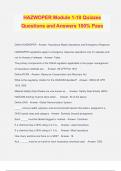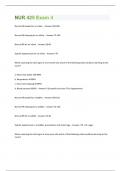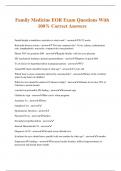Exam (elaborations)
Mobility (Ati Engage Fundamentals) Funds 100 2025 Update Exam
- Course
- Institution
Mobility (Ati Engage Fundamentals) Funds 100 2025 Update Exam -a decrease in systolic blood pressure of 20 mm Hg or more OR a decrease in diastolic blood pressure of 10 mm Hg or more within 3 minutes of changing to a sitting or standing position - ANSWER-orthostatic hypotension rules: -after only...
[Show more]
